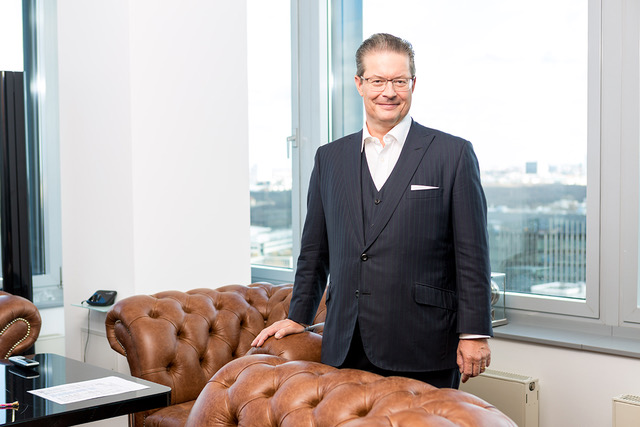For nearly a decade, experts have been warning not to lose sight of the enormous pent-up demand for age-appropriate apartments and accommodations especially for seniors. Not much has changed during these years. By 2021, there was still a shortfall of about two million apartments suitable for older people, according to an estimate by the German Government. And the results of a recent population projection suggests that the number of people aged 65 and older has increased significantly since 1991, rising from 12 million to 18.3 million in 2020. Since this situation coincides with declining numbers in the younger age cohorts, persons aged 65 and older will account for an ever-larger share of the overall population. It grew from 15 percent in 1991 to 22 percent by 2020.
“This means that the elderly keep getting more important as target group for investments in residential and care home real estate,” said Rainer Schorr, Managing Director of PRS Family Trust GmbH. “The real estate industry and fund providers are gradually starting to respond to the associated challenges. Meanwhile, the regulations created by the European Union as guidance for the sustainability of investment products, which expressly encourage the expansion of social portfolio components, invest the trend with additional impetus.
It is by all means plausible therefore that senior living is establishing itself as a distinct asset class in Germany, not least because the country’s social system offers a number of incentives. For one thing, more than 4.1 million people currently receive benefits from the statutory long-term care insurance. About 820,000 persons out of this total are cared for in 15,400 inpatient care homes, the number being subject to an upward trend. In addition to this development, the proportion of people living alone is visibly growing in Germany. In concrete figures, around 6 million people aged 65 or over live on their own, and even among those aged 85 years and older, which heavily depend on assistance, the share has gone up to 58 percent. Recent estimates assume, in analogy to these developments, that an additional 300,000 spots in inpatient care will be needed between now and 2030.
“Trying to cover the demand for additional care places will require substantial investments in new care home real estate, and these are increasingly undertaken by private and charitable sponsors and investors,” said Rainer Schorr. The demand for investments is compounded by the need for capital expenditures toward the upkeep and necessary modernisations of existing real estate. In 2020, roughly 29 percent of all German care homes were more than 40 years old. About 26 percent were built between eleven and 20 years ago. According to estimates by the Federal Institute for Population Research (BIB), maintenance and modernisations requirements would cost 70 billion euros. Add to this the inevitable structural alterations of existing buildings to satisfy state-law requirements, such as the mandated single-room ratio, for instance.
Many market players have now recognised the financial requirements and investment opportunities. The transaction volume in the healthcare real estate segment, which includes medical centres, rehabilitation clinics and assisted living schemes in addition to care homes, added up to 3.76 billion euros last year. It topped the year-end total of 2020 by eight percent. To put this in perspective: A mere 350 million euros were invested in the segment in 2011.
Care homes, boasting a market share of 65 percent, represent by far the most important segment in the healthcare property investment market. Target returns run between four and five percent here, and market analysts estimate that this ought to be enough to make the German market interesting for institutional investors, particularly international players. The only thing that could keep limiting the transaction activity is the blatant lack of care homes available for sale. “In any case, the competition for attractive assets in Germany continues,” said Rainer Schorr. “Some providers have started to launch specialised fund products, making it comparatively easy for investors, especially institutional ones, to commit themselves in this narrow market segment and to participate in its bright future.”



 Bitcoin
Bitcoin  Ethereum
Ethereum  Tether
Tether  XRP
XRP  Solana
Solana  USDC
USDC  TRON
TRON  Cardano
Cardano  Lido Staked Ether
Lido Staked Ether  Avalanche
Avalanche  Toncoin
Toncoin